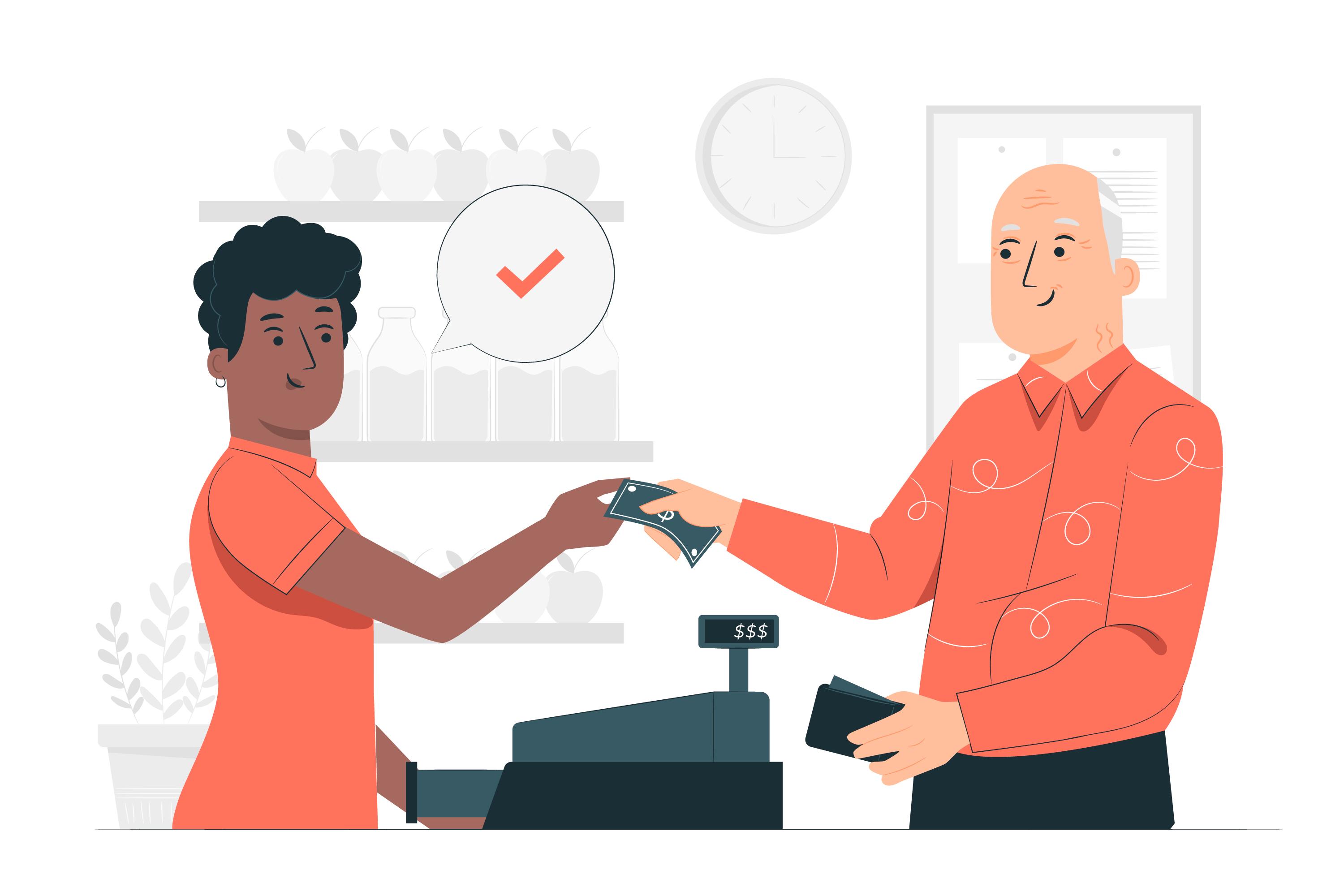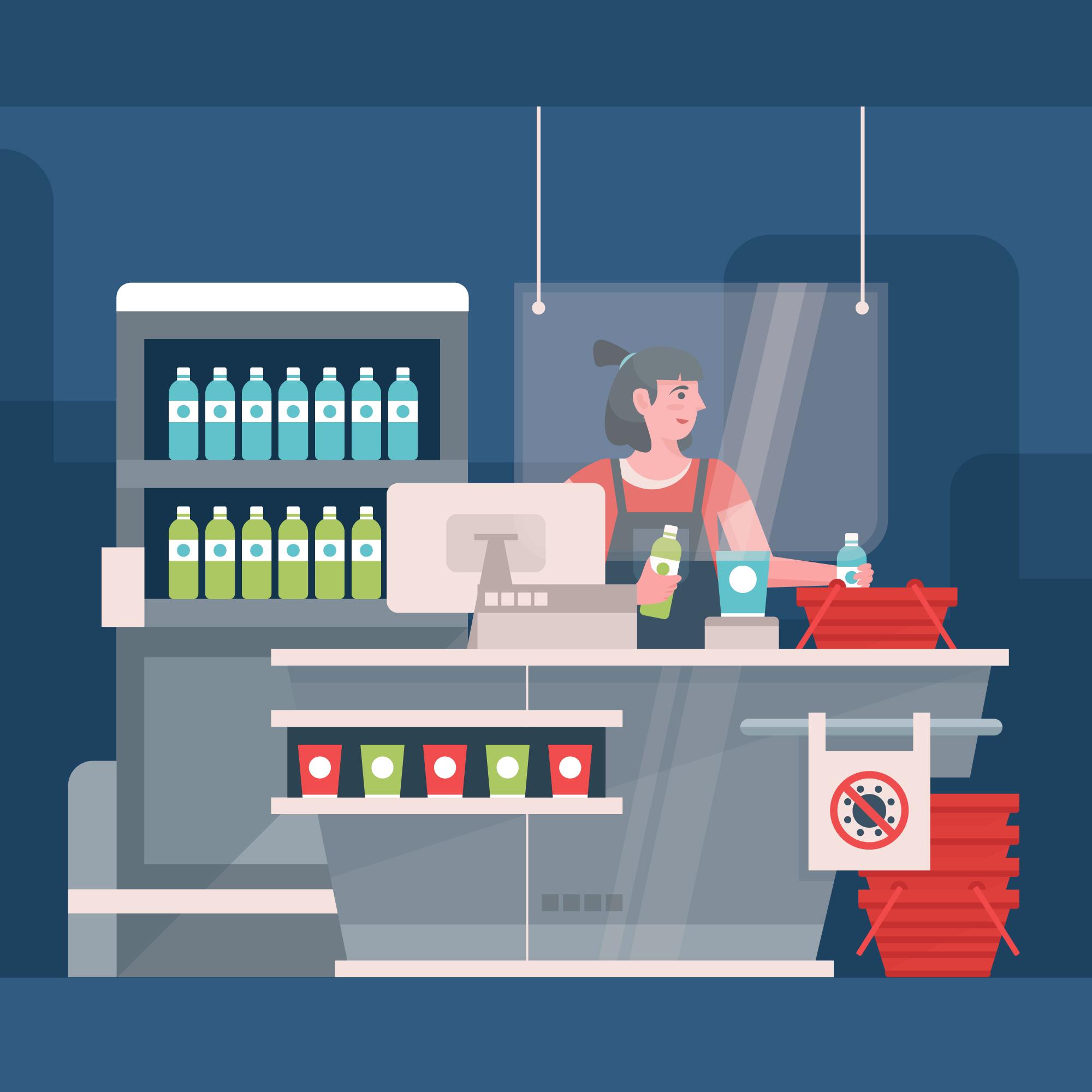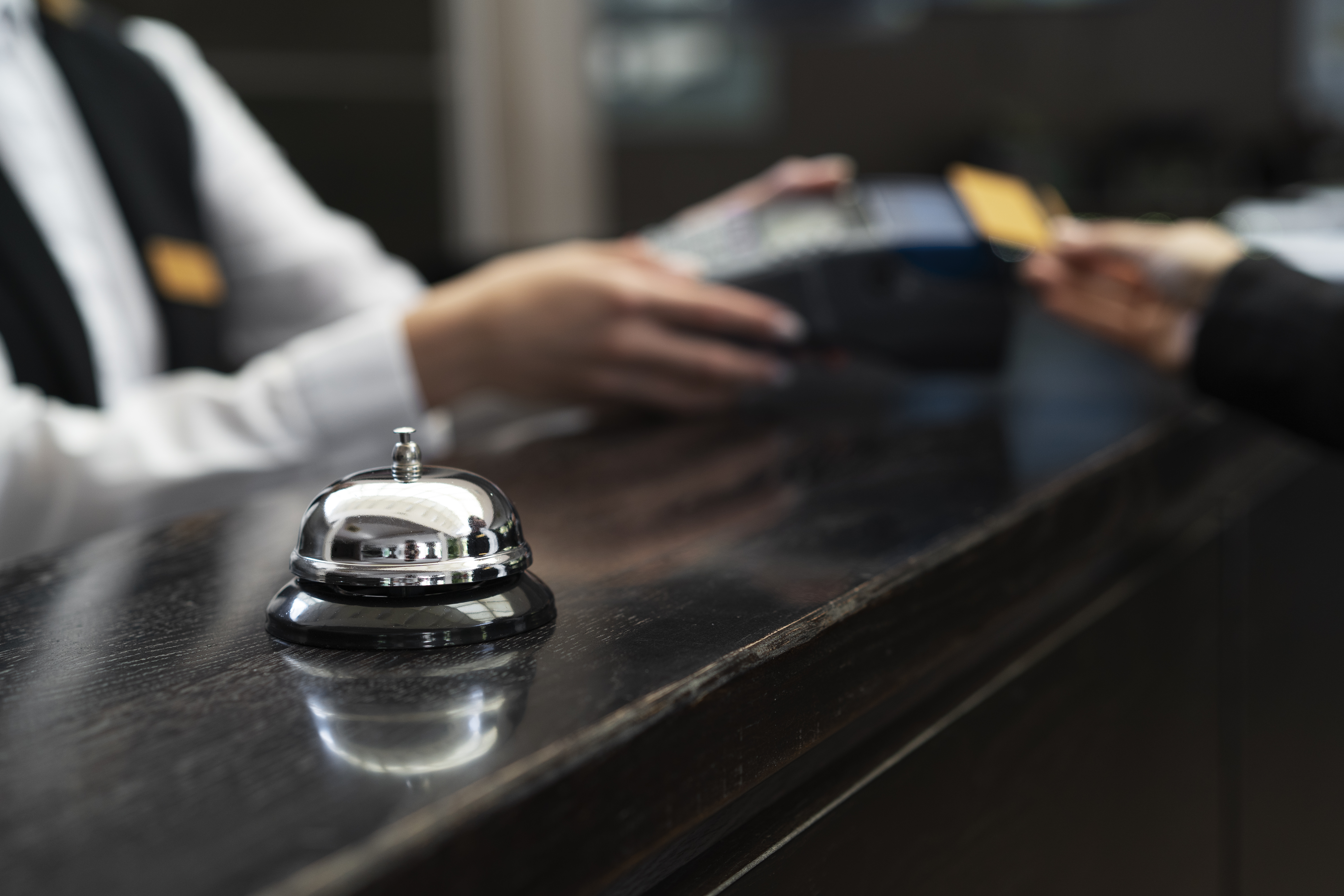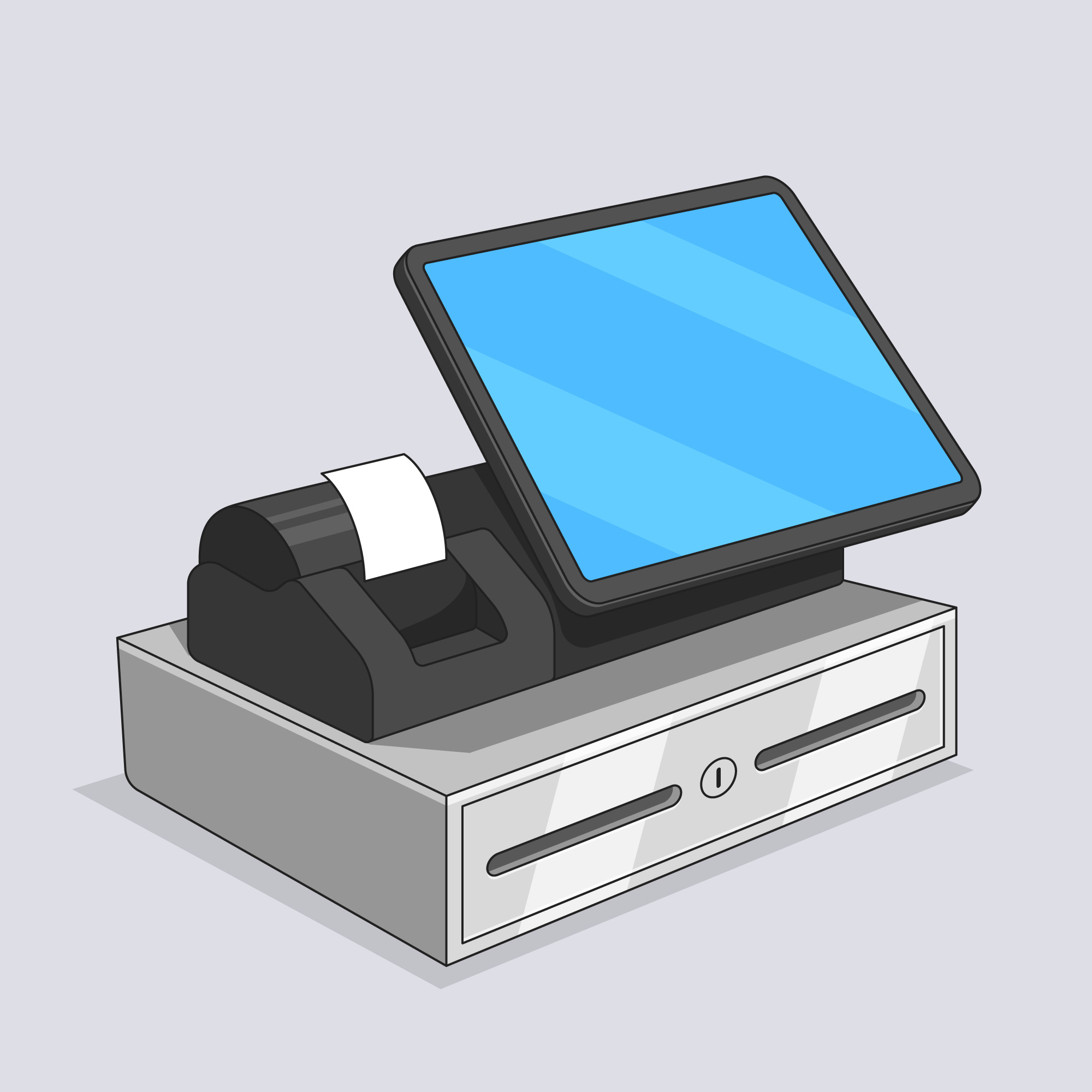In the restaurant industry, a POS system’s efficiency depends on both functionality and artistic design. Streamlining it enhances the user experience and overall business success.
Understanding user roles and business processes: The core of a basic POS system relies on grasping diverse restaurant functions. Whether a server, bartender, or kitchen staff, each user has unique responsibilities and work styles. Designing a POS layout to align with this functionality ensures that every team member can navigate the system effortlessly, reducing training time and minimizing errors.
To simplify the navigation with intuitive menus: A menu is an integral part of a restaurant’s POS and is most important when designed with simplicity in mind. Grouping items logically, using clear categories, and using visual cues can simplify user navigation.
Method of establishing key functions: Strategically incorporating important functions into a POS system is an art in itself. Common features such as order modifiers, discounts, payment options, etc. should be easily accessible, reducing the number of clicks required to complete a transaction.
Customizable interfaces for different needs: A flexible POS system should achieve the variety required for each unique restaurant. Choose a system that offers customizable connections, allowing restaurant owners to tailor the system to their specific needs. Users modify buttons, rearrange menus, and change colors, enhancing POS customization.
Answer system for multiple devices: In an age where mobility is paramount, a well-designed POS layout can work on multiple devices. Whether it’s a fixed terminal, handheld device, or tablet, the interface can be easily adapted to different screen sizes. Flexibility in operations: staff moves freely, maintaining a consistent user experience.
Feedback loop for continuous improvement: The artistic science of designing a flexible POS system doesn’t end with the initial design. Feedback loops are needed for continuous improvement. Collect feedback from users regularly, analyze performance metrics, and be open to change.
In conclusion, a well-designed POS system blends function, user understanding, strategic placement, and continual improvement, boosting efficiency and satisfaction. Adapt BillChampPOS to maximize your operational and financial efficacy on a daily basis at your outlet.







